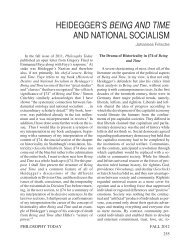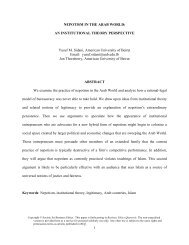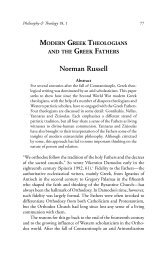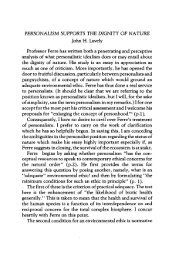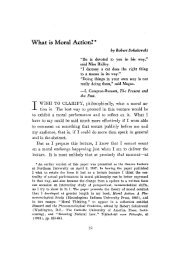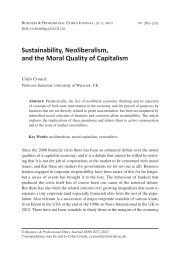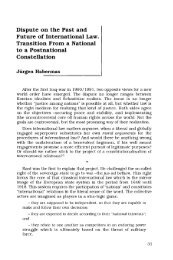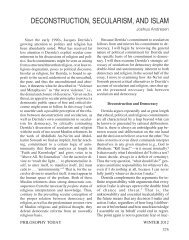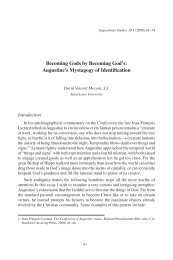Why Saying “I'm Sorry” Isn't Good Enough: The Ethics of Corporate ...
Why Saying “I'm Sorry” Isn't Good Enough: The Ethics of Corporate ...
Why Saying “I'm Sorry” Isn't Good Enough: The Ethics of Corporate ...
Create successful ePaper yourself
Turn your PDF publications into a flip-book with our unique Google optimized e-Paper software.
<strong>Ethics</strong> <strong>Corporate</strong> Apologies<br />
not most, public apologies are somehow inadequate or abortive because they lack<br />
emotional depth associated with interpersonal apologies (Trouillot, 2000). I want to<br />
contest that view and will adopt the approach taken by Tavuchis (1991) and Celermajer<br />
(2010?) who analyzed the apologies <strong>of</strong> nation-states. <strong>The</strong>y contend that collective public<br />
apologies have a legitimate structure different from that <strong>of</strong> personal apologies. <strong>The</strong><br />
different but nevertheless legitimate structure <strong>of</strong> corporate apologies centers on restoring<br />
trust through the firm’s CEO’s stated commitment to having the firm behave in a more<br />
trustworthy way going forward. <strong>The</strong> ethically good corporate apology embodies mutually<br />
reinforcing elements that make the existence <strong>of</strong> such a commitment on the part <strong>of</strong><br />
leadership, in principle, believable.<br />
Part 2: Ideal Elements <strong>of</strong> an Ethically <strong>Good</strong>, Authentic <strong>Corporate</strong> Apology<br />
A. Logical or Content Elements for an Apology to Qualify as Authentic or<br />
Ethical<br />
<strong>The</strong> goal <strong>of</strong> healing the breach <strong>of</strong> trust between parties imposes what Aristotle would<br />
think <strong>of</strong> as logical or content elements on what the apologizing CEO should say in order<br />
for his or her apology to qualify as a true apology. In this section, I sketch these content<br />
elements.<br />
Element #1: Naming the Wrongdoing for Which the Apologizer Takes<br />
Responsibility<br />
In general, apologetic CEOs need to name the exact injury or <strong>of</strong>fense for which they are<br />
accepting responsibility. <strong>The</strong> aggrieved parties believe they have suffered some specific<br />
harm or have been treated unjustly in some particular way (Greenberg, 1990). Naming<br />
14



